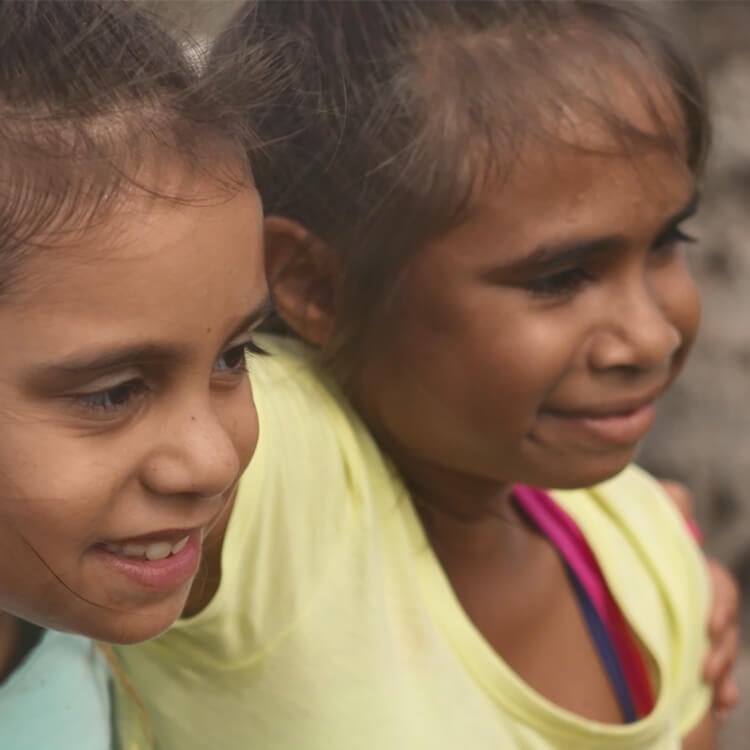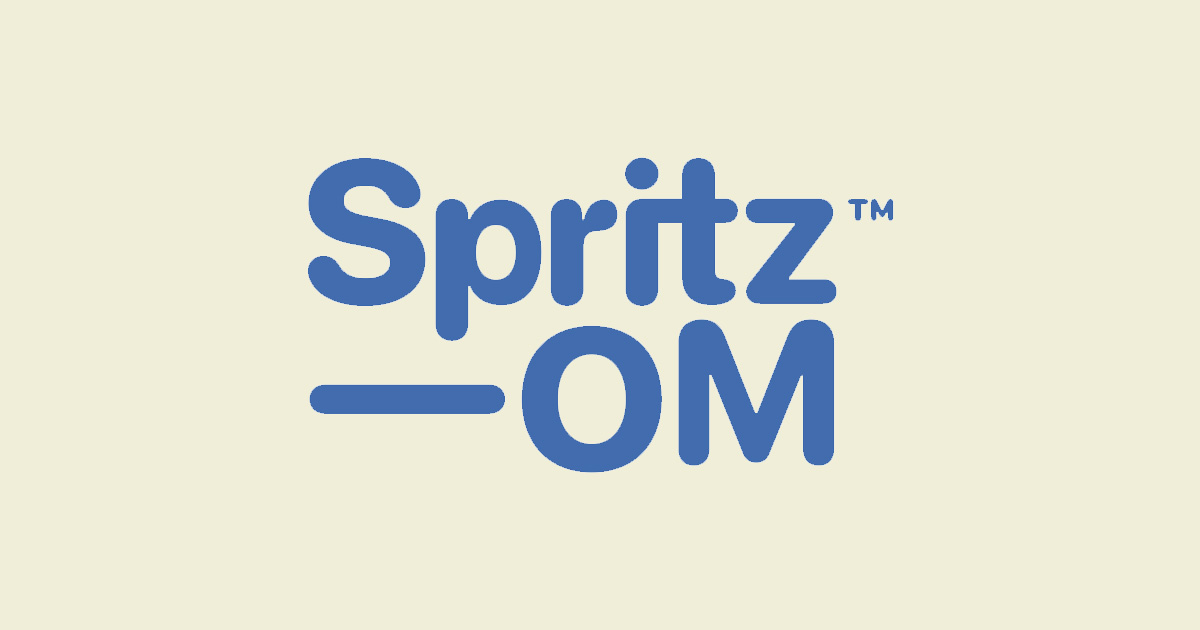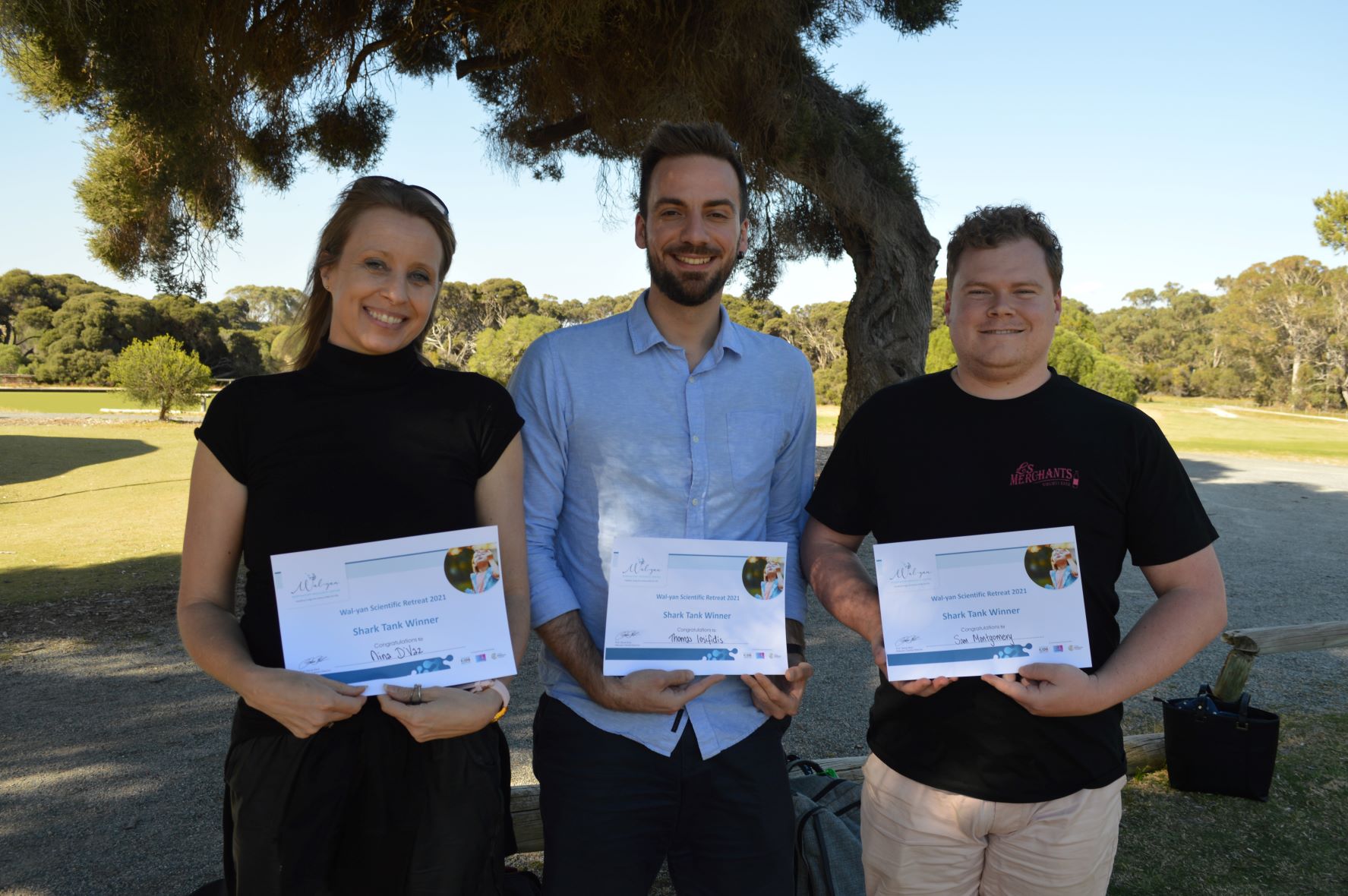Search

National Healthy Skin Guideline: for the Prevention, Treatment and Public Health Control of Impetigo, Scabies, Crusted Scabies and Tinea for Indigenous Populations and Communities in Australia

Preventing over half of the world’s ear infections with a therapy such as Spritz-OM will significantly improve health and educational outcomes on a global scale.
Get in touch with ORIGINS via email, phone or find us at one of our two locations

Developmental Origins of Health and Disease
See the latest ORIGINS news.

News & Events
The First 1,000 DaysThis article explores how to support a child's physical and mental health during critical developmental periods, known as the first 1,000 days of life.

News & Events
New Funding Supports ORIGINS’ Expansion into Early Childhood ResearchThe ORIGINS Project has been named as a key beneficiary of the Stan Perron Charitable Foundation Research People & Platform round for 2023.

News & Events
ORIGINS Enters the Shark TankORIGINS Biobank Manager wins a Shark Tank pitch at Scientific Retreat

News & Events
ORIGINS Biobank Manager is inspiring women and girlsMeet Dr Nina D’Vaz, ORIGINS Biobank Manager who recently featured in The Kids Research Institute Australia's social media celebration of International Women and Girls in Science Day.
Get in Touch Dropping off a sample or attending a Kids Check appointment? Visit us at our Edgewater clinic. The Kids Joondalup Shop 51, Joondalup
